The Phase One XC is an unusual camera, and not just because of its $62,490 asking price. It’s designed with a specific purpose in mind and it sports a fixed lens in front of a massive 150-megapixel medium format sensor.
I have heard of Phase One cameras, of course, and have even handled one or two in my lifetime. I’ve known them to be studio cameras primarily, that they are very expensive, and that they deliver excellent image quality as a rule. Like most people who have used Phase One products, it’s the Capture One editing software that I’m more familiar with. The XF and XT systems studio cameras are just outside the realm of the photography I normally shoot or the kind of products I normally review. And then, a brand new and very sleek Phase One XC comes across the desk and it seems, at least on paper, to be in my wheelhouse.
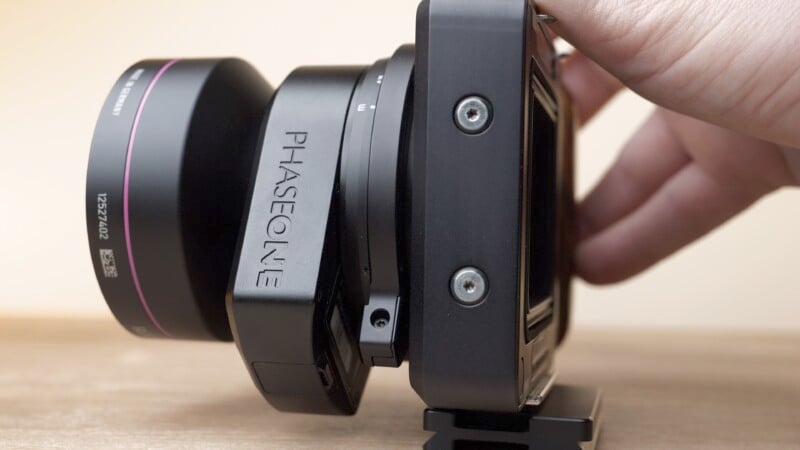
Phase One XC: How it Handles in the Field
The Phase One XC is a very simple camera touting some very serious hardware. It is a compact body design that seems much more suited to the field than the studio, although since it weighs in at around four pounds, the XC is a little bulky considering what its small design would suggest.
Now simple is a good thing, but maybe this camera is a little too simple. At the business end of the XC is a fixed, manually focusing Rodenstock Digaron 23mm f/5.6 providing a 14mm full-frame equivalent field of view.
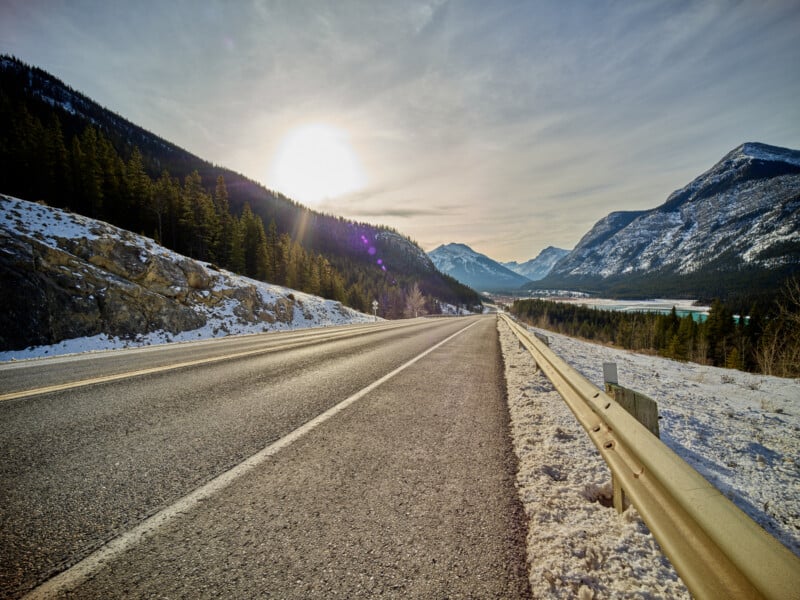
There is a very advanced carbon fiber leaf shutter in the XC providing a maximum flash sync of around 1/1600 second. However, flash photography does not seem to be what the XC is designed for. I could certainly see the possibility of doing some environmental portraiture with Flashes using the PC sync port, but the shoe on top of the camera is cold.
At the rear of the camera sits the true heart of the system. The Phase One IQ4 150-megapixel back delivers the most dynamic range you’ll likely see out of a current sensor and tons of resolution to go along with it.
![]()
The IQ4 can be shared amongst the XF and XT cameras as it is removable but it provides a unique menu and touchscreen interface when mounted to the XC. The touchscreen interface uses easy-to-see icons and sub-menus come up when swiping the screen from the outside edges. I did find the touch screen to be quite slow to use and it didn’t always register finger presses on the first try. Going between live view and my main menus is also a little ponderous and the overall feeling of the interface is that it is far better suited to slow tripod work.
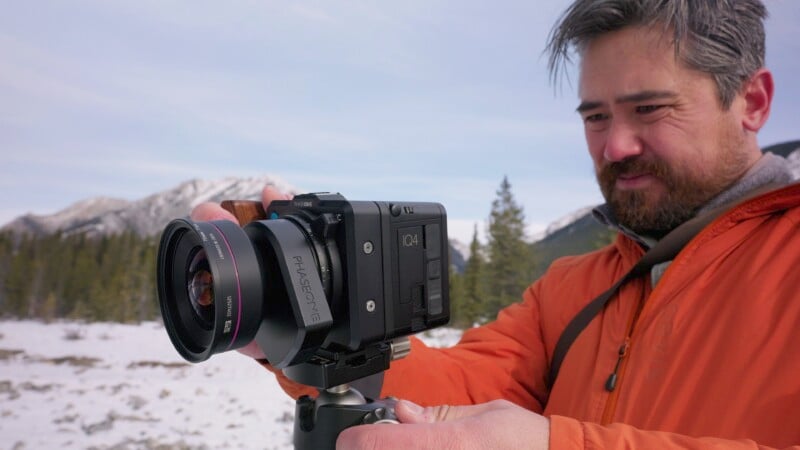
When using the main screen, it is very easy to press on an exposure control and quickly adjust it. However, when using live view the exposure buttons are very tiny, and right at the bottom edge of the screen making them quite difficult to press on the first try.
The wooden hand grip is molded nicely and can be switched to the other side of the camera for left-handed shooters. There is an Arca-Swiss style mounting plate which seemed very secure. This camera can be used handheld but with a complete lack of IBIS and fairly clunky controls, the XC would not be my first choice as a walk-around travel or street camera.
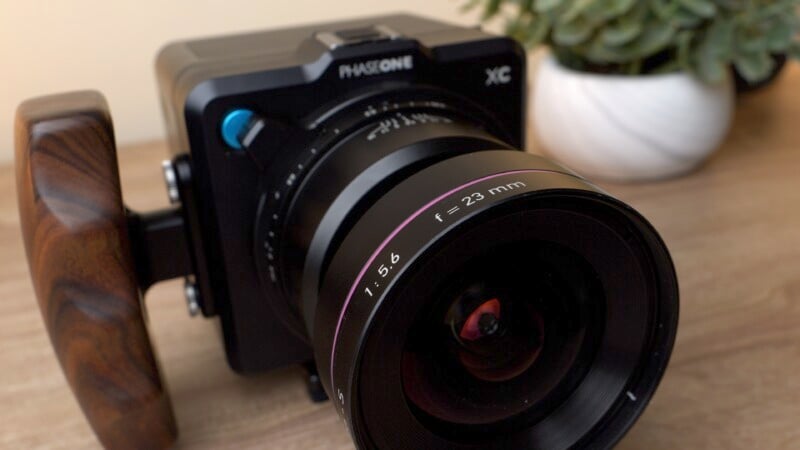
Phase One XC: Proof is in the Image Quality
So if we are limited to one lens and a camera which should largely live on a tripod, how did the XC do? The IQ4 back is certainly capable of some stunning image quality. I stuck to shooting landscapes at 50 ISO with the extended image quality RAW files to get the most dynamic range. There is an extreme ability to push and pull shadows and highlights, and the colors look pleasing.
The Rodenstock lens gives good sharpness across the frame and was easy to manually focus thanks to a handy ability to pinch the screen and zoom in or out of the composition. There is some vignetting in the corners even when stopping the aperture down but this is easily fixed in post.

150-megapixels does provide a significant improvement over other contemporary medium format cameras. In fact, the IQ4 sensor is not just giving more megapixels but is also a physically larger sensor that matches closely to the size of classic 645 film.
That being said, shooting at a 14mm equivalent field of view is rarely the go-to for landscape shots and I found myself cropping heavily to mimic more common focal lengths. There are plenty of megapixels to sacrifice but this also gives up some of the advantages inherent in the IQ4 sensor. What’s the point in having 150 megapixels if I’m rarely going to use all of them?
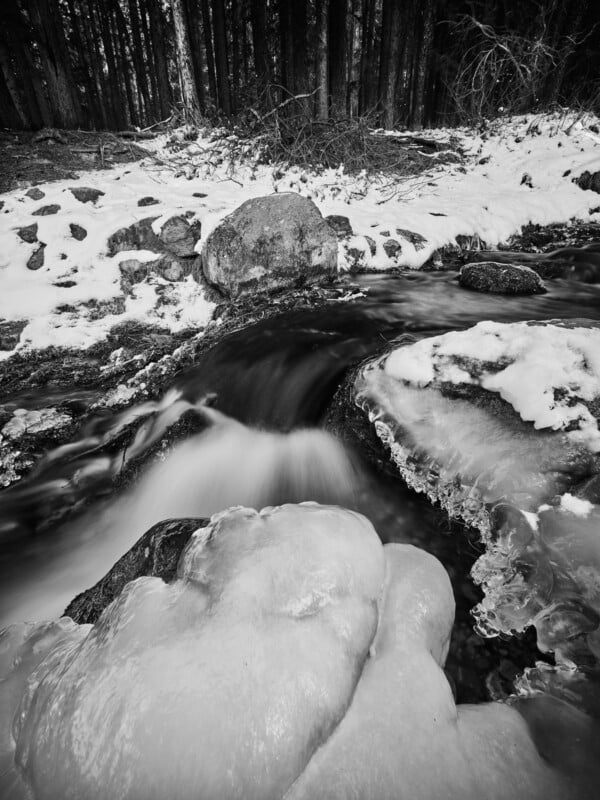
I wanted to take some classic long-exposure water shots and found that when attaching even just one standard 72mm filter I could see the corners blocked by said filter. Again, I would have to crop this shot tighter. Luckily, there is a silver lining.
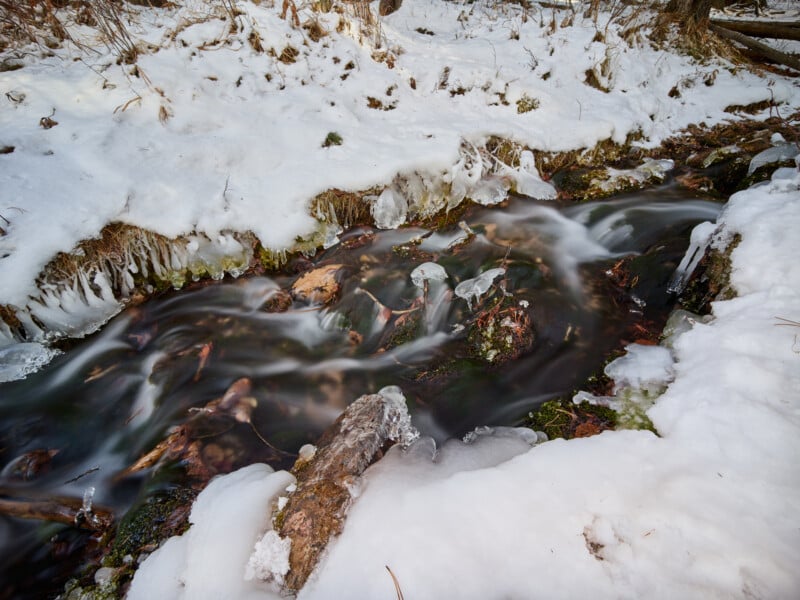
Phase One has an option it calls Frame Averaging which effectively mimics a strong ND filter for long exposures. It takes multiple images at faster shutter speeds and stacks them on top of each other to replicate a longer exposure time. The Frame Averaging interface was super easy to use and all the processing is done quickly in camera. I was very pleased with the results and would happily leave the ND filters at home.
Phase One XC: Who is this Camera Even For?
In the context of landscape shooting, the XC performed fine. It stayed on a tripod all day, handled high-contrast scenes handily, and forced me to slow down and compose with care. But I can’t see myself using it off of a tripod very often and, frankly, I don’t think it would work all that well anyways.
There could be some limited shooting from-the-hip street shots with the wide 23mm lens and hyperfocal focusing but I can think of many other cameras that would do similarly. I was also concerned about the overall cost of such a camera out in nature, especially with icy winter conditions all around. I would not be comfortable using the camera in any sort of snow or rain which limits how and where I would use it.
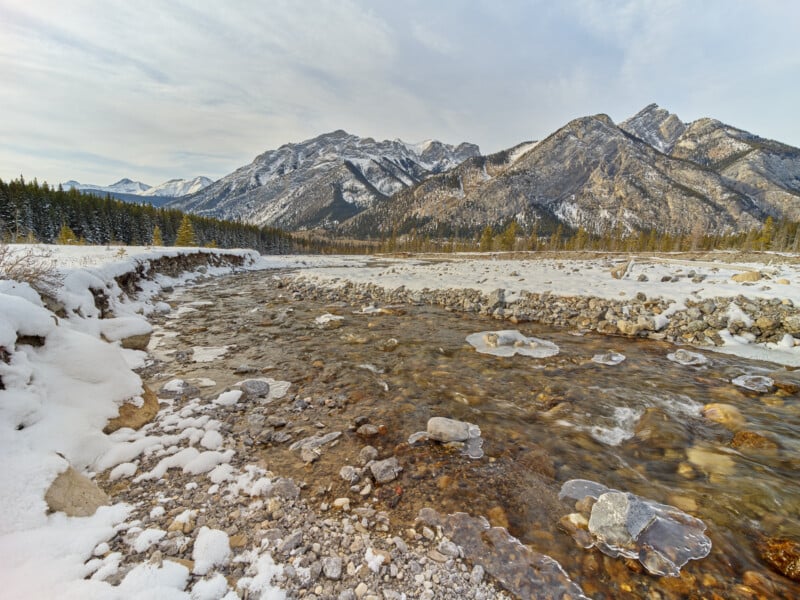
Although it was a fascinating and quirky experience using the camera, I just can’t think of any scenarios where I would prefer it over say a Fujifilm GFX, or even an Hasselblad X2D. A GFX 100 II with a lens would still weigh roughly 25% less than the Phase One XC, and I would have excellent auto-focus, interchangeable lenses, and a rugged body design. I’d also have a lot more money in my bank account afterward.
There is no option at the time of publication to purchase only the XC body and lens, so I can’t see many existing XF or XT users jumping on board either since they wouldn’t be able to use their existing backs and would be forced to double down on equipment. This is the most expensive and niche product I’ve ever used, and while I’m grateful for the opportunity, the results just don’t justify the costs.
Are There Alternatives?
The $7,499 Fujifilm GFX 100 II or even the $4,399 GFX 100S will deliver far more versatility for far less money. A $8,199 Hasselblad X2D has an even nicer touchscreen interface and gives the prestigious experience of owning a luxurious camera just as well. Both cameras sacrifice relatively little in terms of megapixels or dynamic range and make way more sense for almost anybody.
Should You Buy It?
No. Limitations are fine if the shooting experience is enjoyable enough to be worth the headaches. The XC just doesn’t deliver the fun factor to go with the price.
